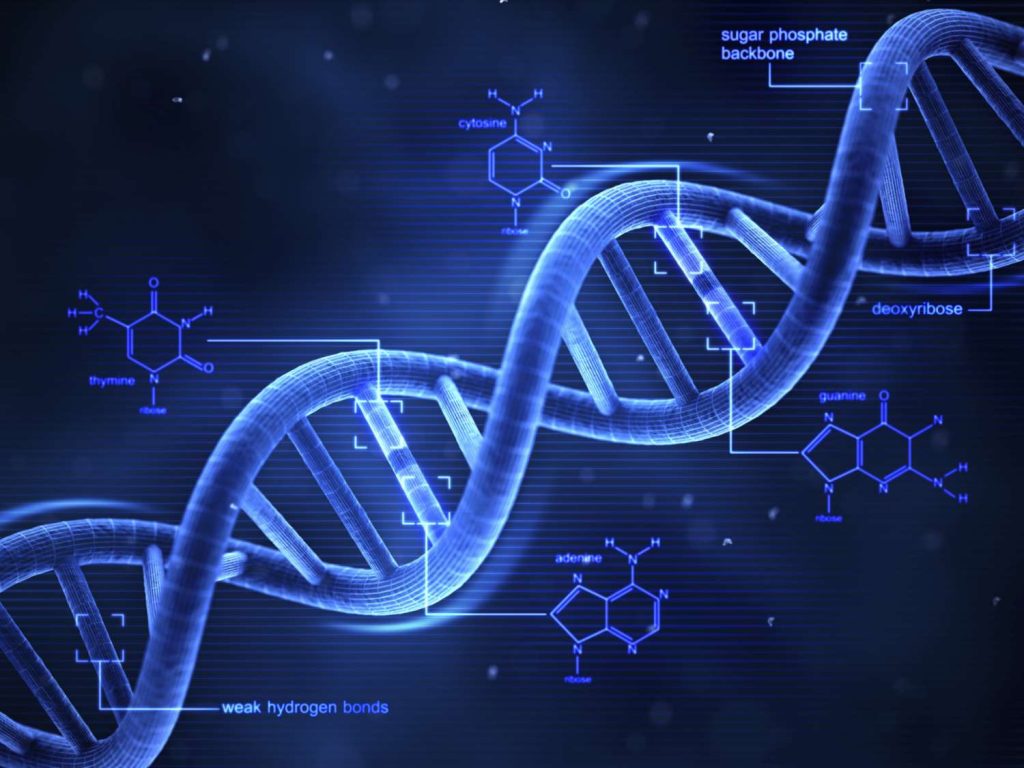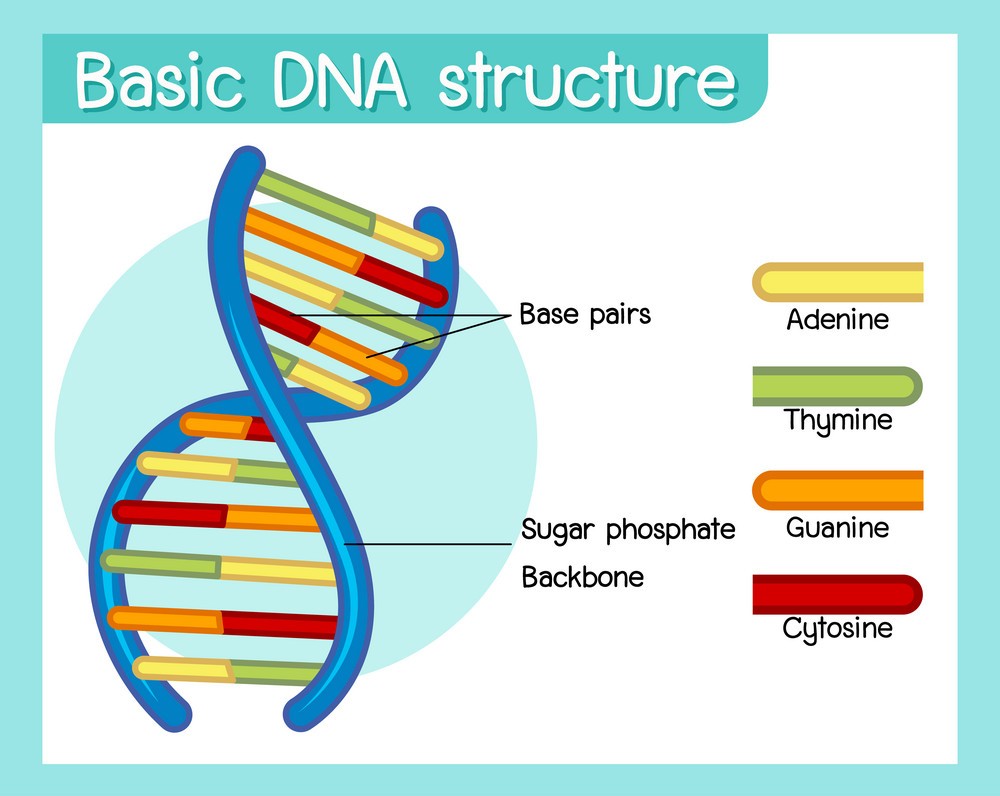
DNA (deoxyribonucleic acid) is a nucleic acid found in all living things that contains the genetic instructions used in the development and functioning of all known living organisms. DNA is composed of two strands of nucleotides that are twisted together to form a double helix structure and contains four main bases: adenine (A), guanine (G), cytosine (C), and thymine (T). A sequence of three of these bases, known as a codon, codes for a specific amino acid or stop signal that determines the function of the protein produced from the gene.
The invention of the DNA model was first proposed by James Watson and Francis Crick in 1953. They proposed the double helix model of DNA, which consists of two strands of DNA that are intertwined around each other in a spiral-like fashion. This double helix structure is held together by hydrogen bonds between nucleotides, which contain the genetic information. This model also proposed that DNA is composed of four nitrogenous bases: adenine, guanine, cytosine, and thymine. This model is still used today as the basis for how genetic information is stored, transmitted, and replicated.

